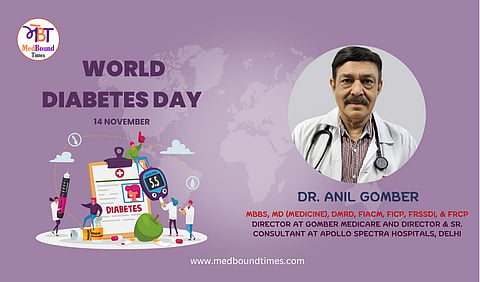Dr. Anil Gomber: I think all are being suited into one for the Indian. Why Indians are becoming more prone to diabetes is because a lot of factors come into play, not one factor. One is genetic predisposition, early life nutrition, even maternal nutrition. Sometimes it starts from the womb. Low birth weight is not good, and that is where we have the thrifty phenotype hypothesis, which suggests that poor fetal nutrition increases diabetes risk later in life. Asians have a different phenotype, we are more centrally obese, have less muscle mass, different lipid profiles, and lower insulin sensitivity.
Our BMI threshold is different, and if it’s less than 23, we are still prone to diabetes. Lifestyle adds to this, poor sleep, stress, diet, and less physical activity. It’s a mix of genes, environment, and lifestyle leading to high visceral fat, low muscle mass, and insulin resistance.


